Car
IndyCar Series 2024: When will hybrid power will be adopted?
by Samarth Kanal
5min read
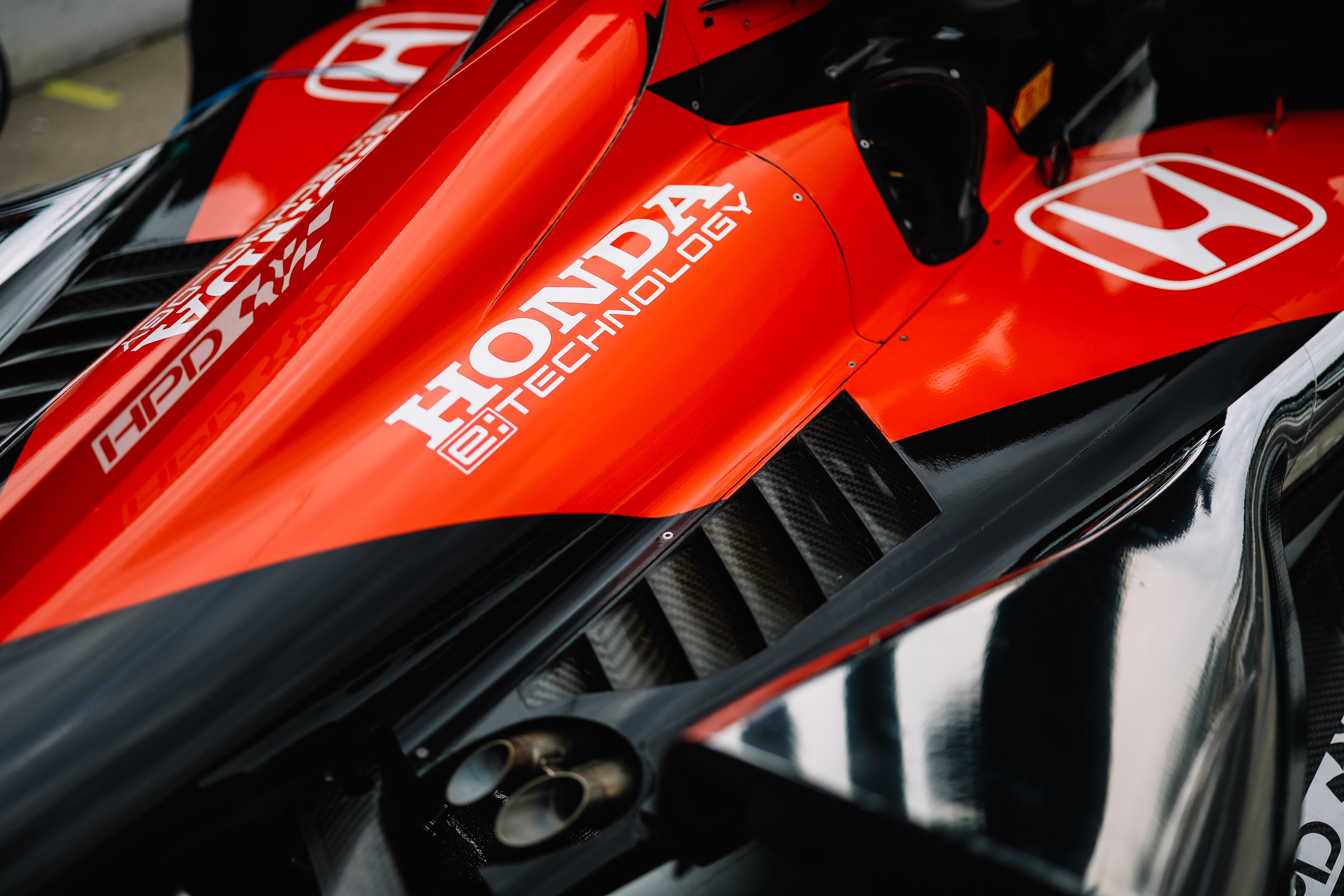
Since 2012, IndyCar has used 2.2-litre twin-turbocharged V6 engines that rev to 12,000rpm and produce up to 700 horsepower. This year, the series is on the verge of making a significant change: it will add a hybrid component to its powertrain.

Chevrolet and Honda supply engines for IndyCar (all images courtesy of Penske Entertainment)
A delayed start
IndyCar’s original plan – announced in 2019 – was to increase engine capacity from 2.2 litres to 2.4 litres and combine the new engine with a hybrid unit attached. However, this plan was delayed to the start of 2023 – scrapping the 2.4-litre element totally in favour of sticking with the current 2.2-litre – and again to sometime after the Indy 500, which takes place in May.
The decision to delay hybrid powertrains for the third time was taken because the series was not confident that Chevrolet and Honda could produce enough parts for teams to run hybrid power from the first race of the 2023 season, nor was it confident that hybrid power would be ready for the 2023 Indianapolis 500 and that teams would get adequate testing to be on an even playing field.
The Race previously reported that 1,400 miles of testing were completed using the hybrid component and the 2.2-litre twin-turbo engine at Sebring, Florida, in August 2023 alone and the series had no reservations about its reliability given Sebring is a very bumpy and harsh circuit.
Total testing mileage of the IndyCar hybrid engine amounted to 21,108 miles by the start of the 2024 season.
When IndyCar will turn to hybrids
The 2.2-litre twin-turbocharged hybrid V6 engine will be used by IndyCar sometime after the Indianapolis 500 on May 26, 2024. Mark Miles, President of the Penske Corporation, which owns IndyCar, told reporters in late February he could see no reason why the unit wouldn't be introduced in the summer, and the July Mid-Ohio race appears to be the most likely debut at this point.
continues below
/2024_comp_changes_hybrid/2024_comp_changes_hybrid/xblfupnr.png?cx=0.5&cy=0.5)
A diagram of the proposed 2024 IndyCar hybrid power unit energy storage encasement courtesy of HRC US
The hybrid component comprises a Motor Generator Unit (MGU) that harvests energy from the brakes and sends it to the Energy Storage System (ESS). Unlike Formula 1, which uses a heavy battery, IndyCar will use a supercapacitor to transmit energy from the MGU to the ESS.
Supercapacitors hold advantages over batteries thanks to a stronger instantaneous current and shorter charging time, but they discharge quicker than batteries and have a lower energy density than batteries, which means supercapacitors store less energy within the same volume.
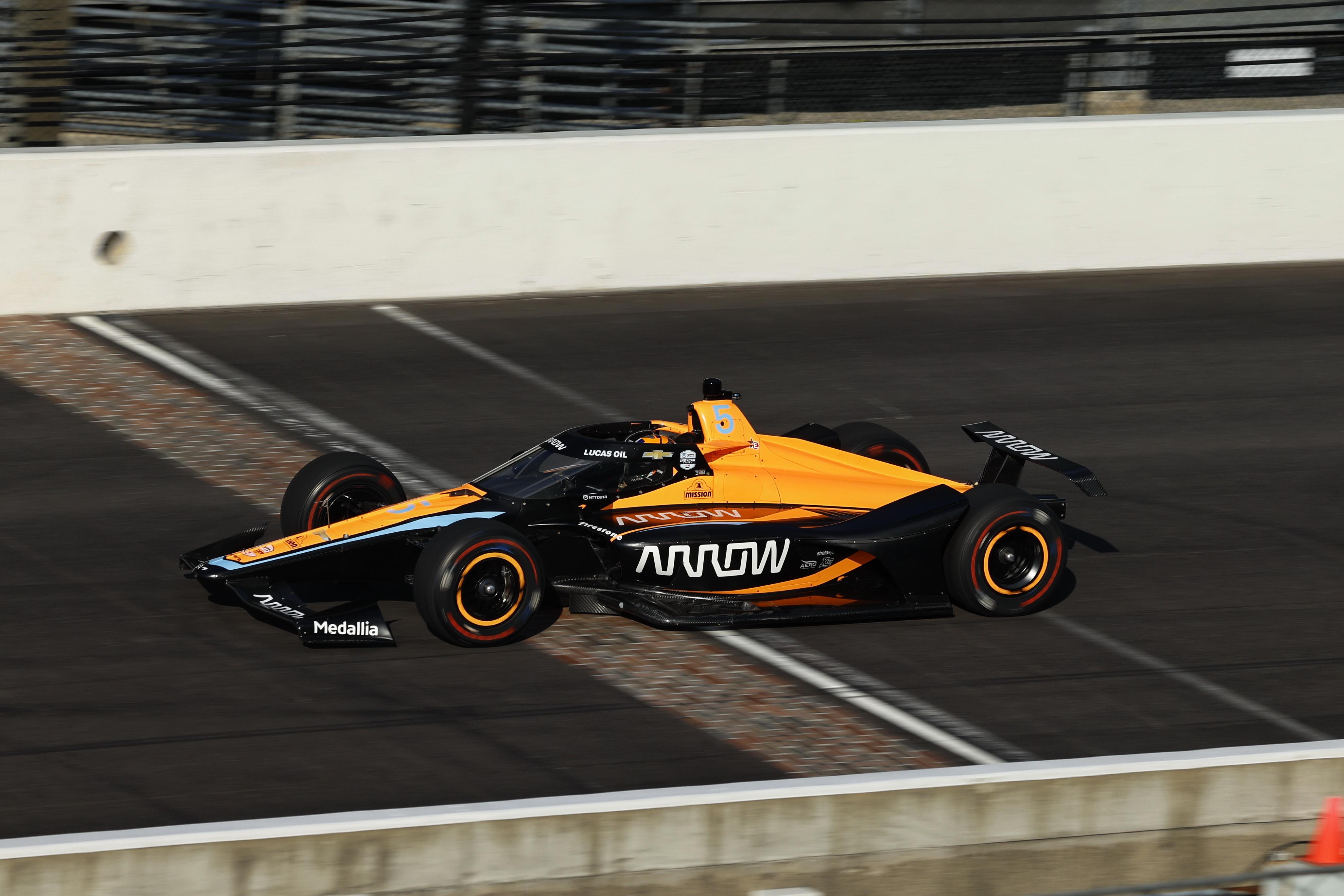
Alexander Rossi testing the IndyCar hybrid powertrain at Indianapolis Motor Speedway
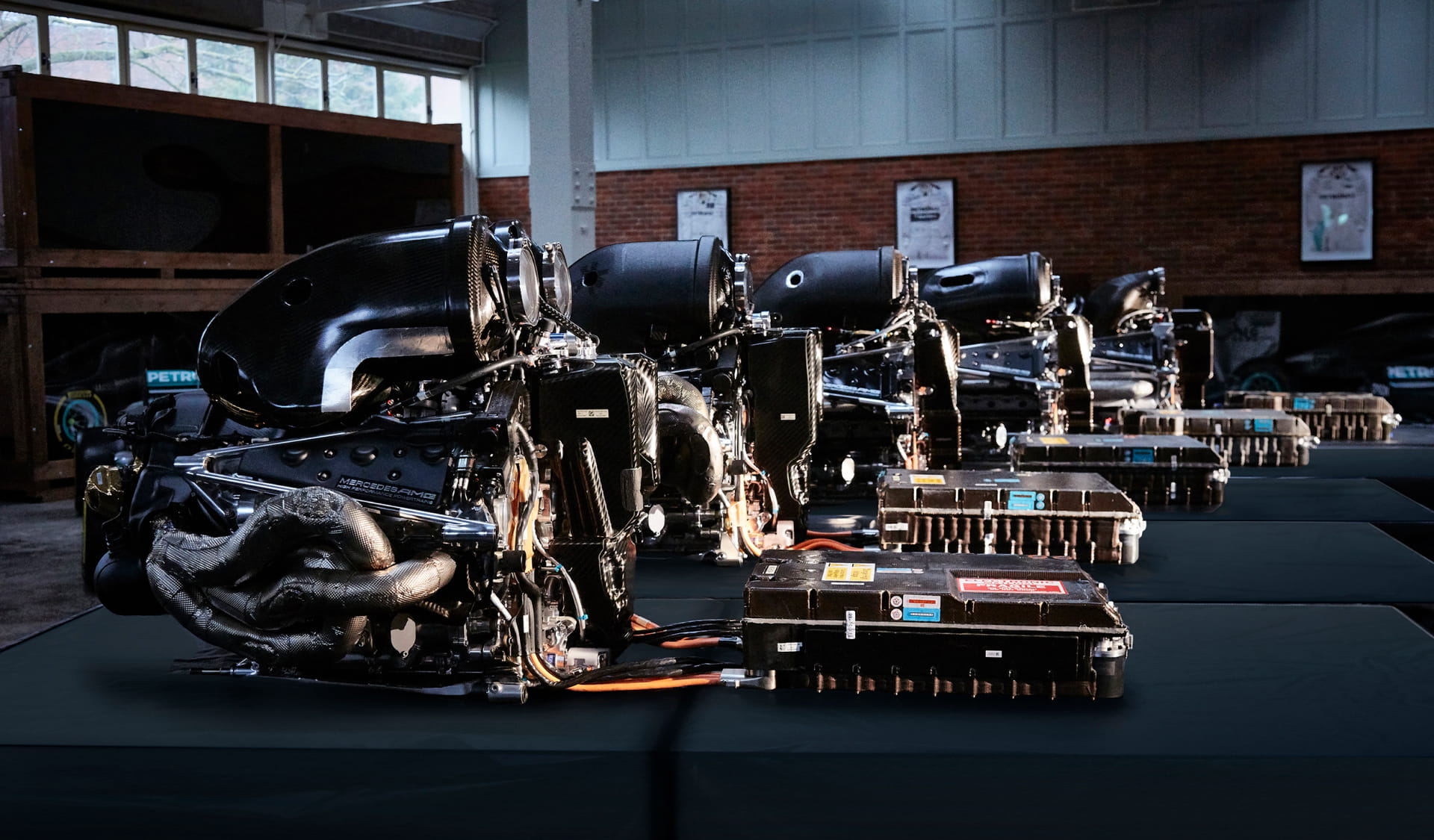
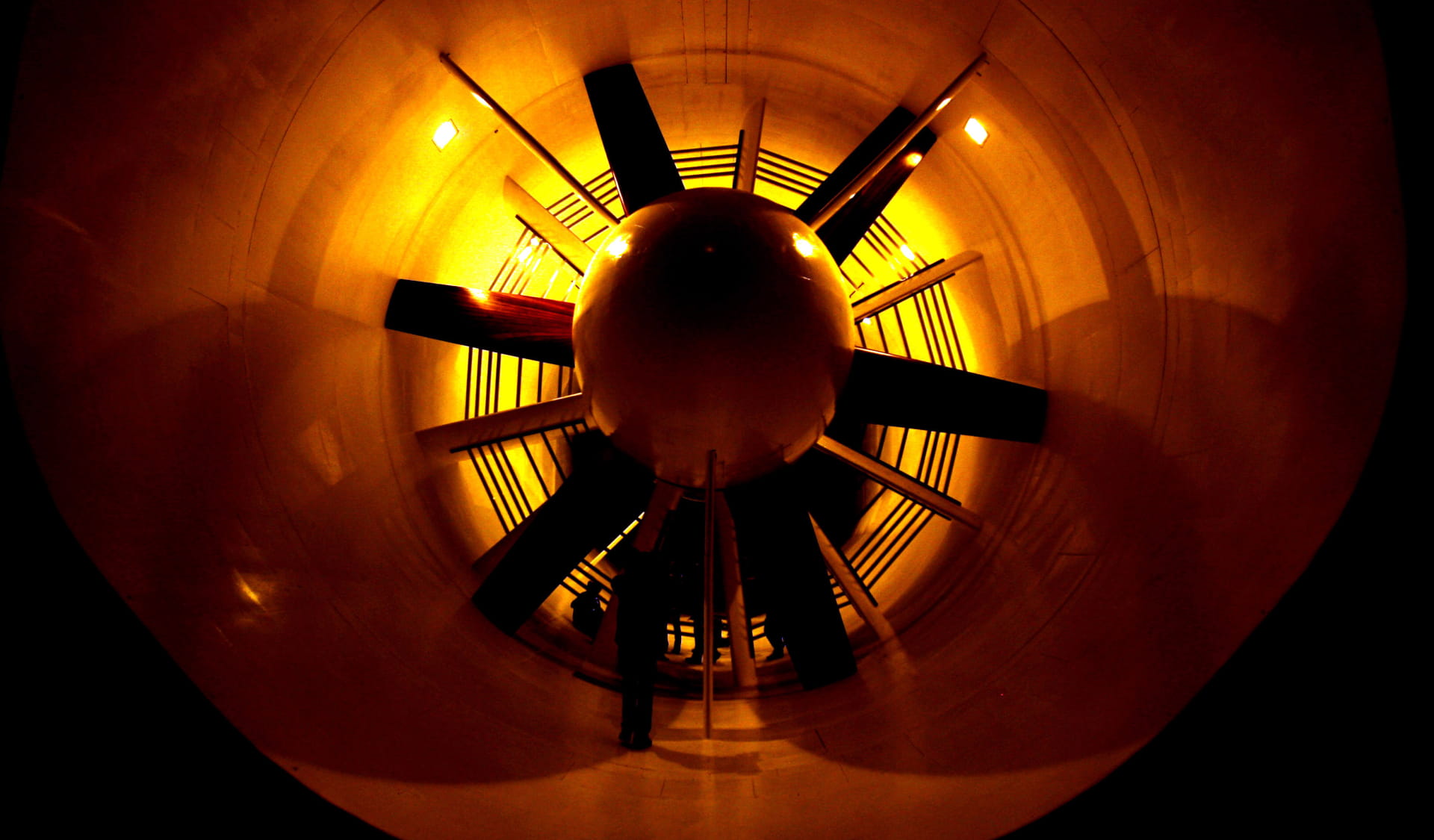
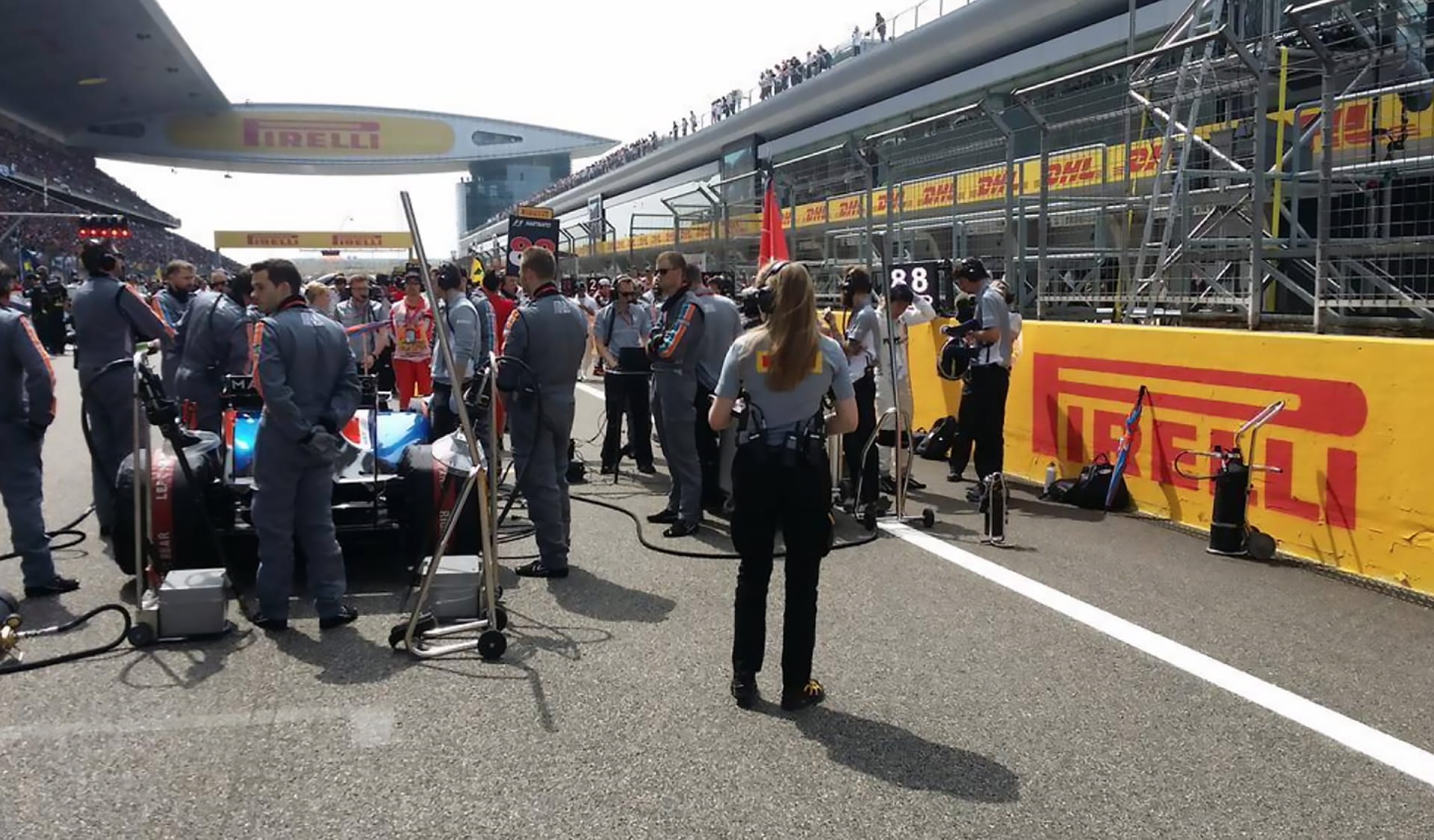
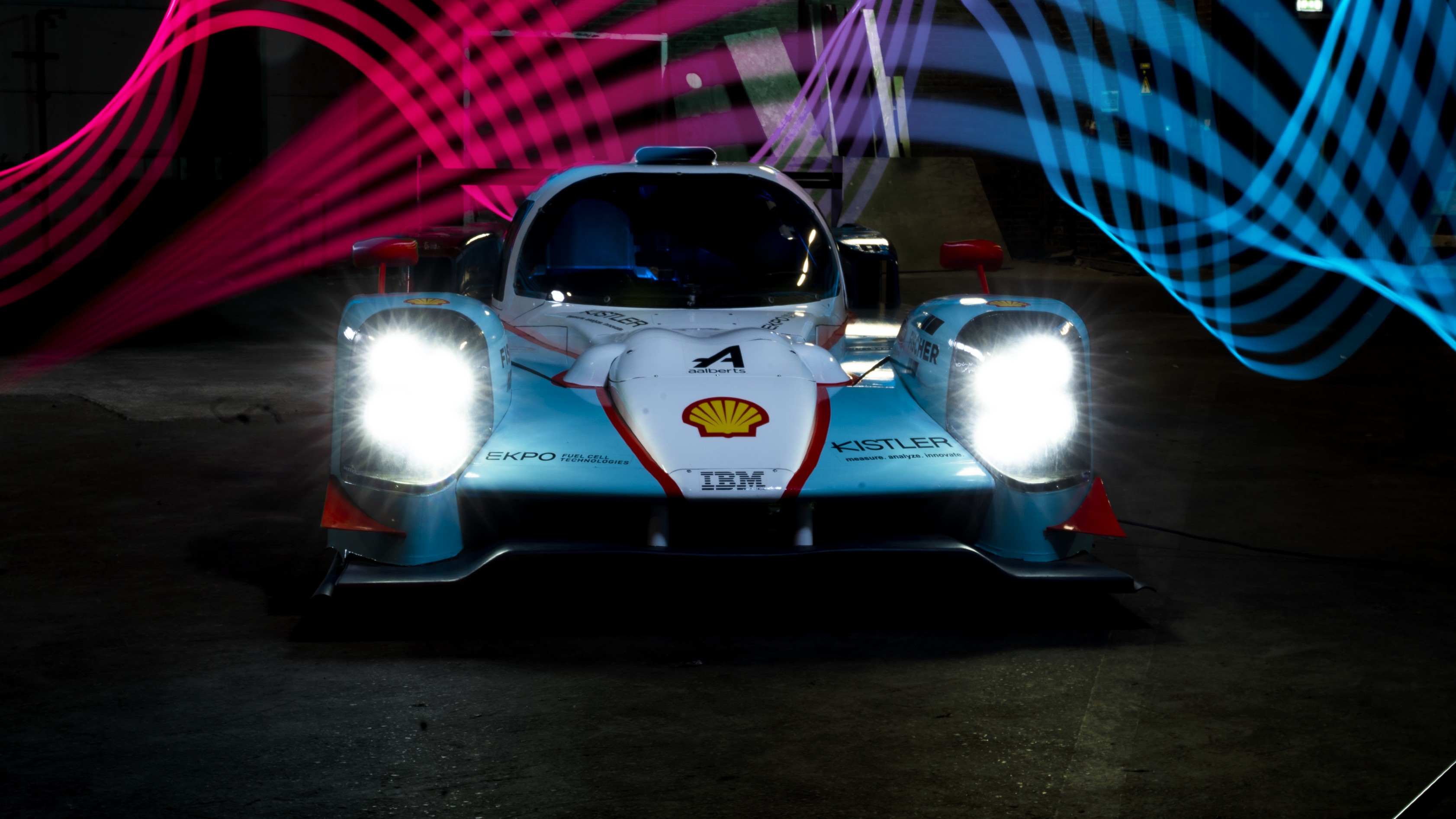
/image-(2).jpg?cx=0.5&cy=0.5)